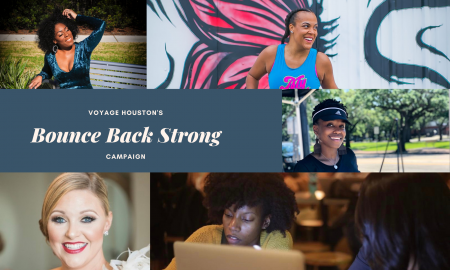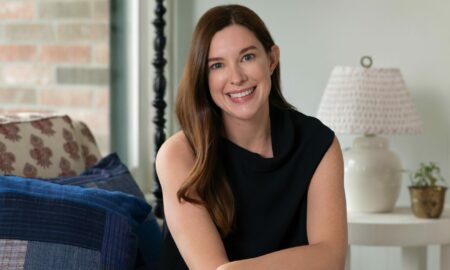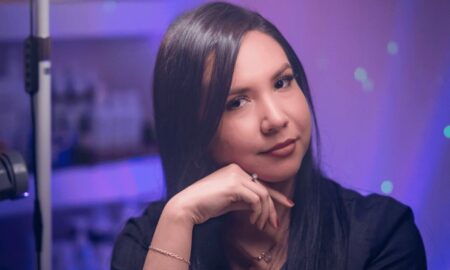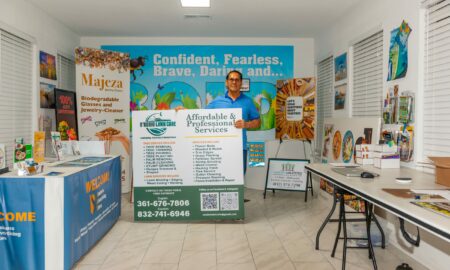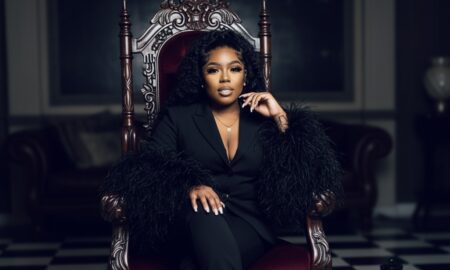

Today we’d like to introduce you to Tim Gonchoroff.
So, before we jump into specific questions, why don’t you give us some details about you and your story.
It was during my senior year of college that I decided to pursue a career as an artist. At the time, I was majoring in art history at the College of William & Mary but found myself considerably more interested in my studio classes, particularly sculpture. It’s somewhat ironic because both of my parents are artists–my father is a ceramicist and my mom is a painter–yet I had little to no interest in becoming an artist while in school or as a child. However, I had grown up around all kinds of tools and did some handyman and construction work with my father that gave me a solid foundation in those skills.
After graduating, I moved in between Virginia and Chicago working at various jobs and even attended the School of the Art Institute of Chicago for a year, where I was in the Fibers program and got my start in working with natural dyes and spinning wool. I then attended Alfred University in Upstate New York to get my MFA in sculpture, where I spent a lot of time in my studio creating new projects and pushing my practice in new directions. There were many all-nighters and times when I chose the studio life over a social life, but it paid off because upon graduating, I was awarded a Fulbright grant to study natural dyes in Arctic Norway.
I lived in Tromso Norway for a year to research natural dyes in an Arctic climate as well as produce other works involving video installations and digital cataloging. Upon returning to the states, I was offered a teaching position at the University of Texas Rio Grande Valley on the Texas-Mexico border to teach sculpture, foundations, and other classes. I taught there for three years and found a true passion for teaching, as well as managing the school’s woodshop and finding a place where all my skills could serve a purpose. However, teaching full-time took a lot of time away from my own artwork and I sought out ways to refocus my energy into that while still relatively young. So, when I was offered a nine-month residency at the Houston Center for Contemporary Craft, I jumped on the opportunity as a way to push my work into new directions. So far, it’s been incredibly productive and Houston clearly has a lot to offer me as an artist.
We’re always bombarded by how great it is to pursue your passion, etc – but we’ve spoken with enough people to know that it’s not always easy. Overall, would you say things have been easy for you?
Definitely not smooth. Being an artist is full of rejection, heartbreak, and struggles. However, it’s important to remember that rejection and failure are not the same thing and one must keep trying despite everything. Of course, making enough money and having enough time to balance that and being productive are consistently the biggest obstacles. Ever since graduating college, I’ve moved several times across the country, and even to different countries, which has lead to some great and interesting experiences and allowed me to see the world, but lately I’m more interested in establishing roots in a more permanent location. Even now, I have to have a full-time job in addition to my residency in order to pay my bills, so I don’t have much time for a social life, but as long as I have a studio to make work in, I’ll be ok.
Please tell us more about your art.
My art practice tends to change according to my interests and environment, but I am currently focused on weaving with recycled plastics such as vinyl billboards and shopping bags. I enjoy combining traditional weaving patterns and techniques with non-traditional materials as a way to reflect on the value of disposable materials. I strongly believe that artists should be cognizant of the materials they use, how they’re produced, and what waste they may leave behind. We are all contributing to material processes and waste that are continuously shaping our environment–myself included–but being aware of that impact has greatly shaped the conceptual development of my work. I try not to be preachy or self-righteous in that regard, but I think that any artwork is the result of a series of decisions, and being more considerate of the decisions from a materiality standpoint is a good place to start.
What were you like growing up?
I grew up in an extremely rural part of Appalachian Virginia, so I had to occupy myself a lot. I was rather shy and quiet but had a very vivid imagination. I never really played video games or did those sort of things, so I spent a lot of time outside or on my own. I had friends, but growing up as the only Jewish kid in school often made me feel isolated, so most of what I remember about growing up was trying to get out of there. My parents are great and have always supported me, so they understood that I was looking to leave where I grew up and explore. Growing up, I loved watching classic movies and trying to find new music despite living nearly an hour away from the closest record store and only having a dial-up connection.
Contact Info:
- Address: Houston Center for Contemporary Craft
4848 Main St.Houston, TX 77002
- Website: www.gonchoroff.com
- Email: tgonchor@gmail.com
- Instagram: @tgonchspinner






Suggest a story: VoyageHouston is built on recommendations from the community; it’s how we uncover hidden gems, so if you or someone you know deserves recognition please let us know here.


